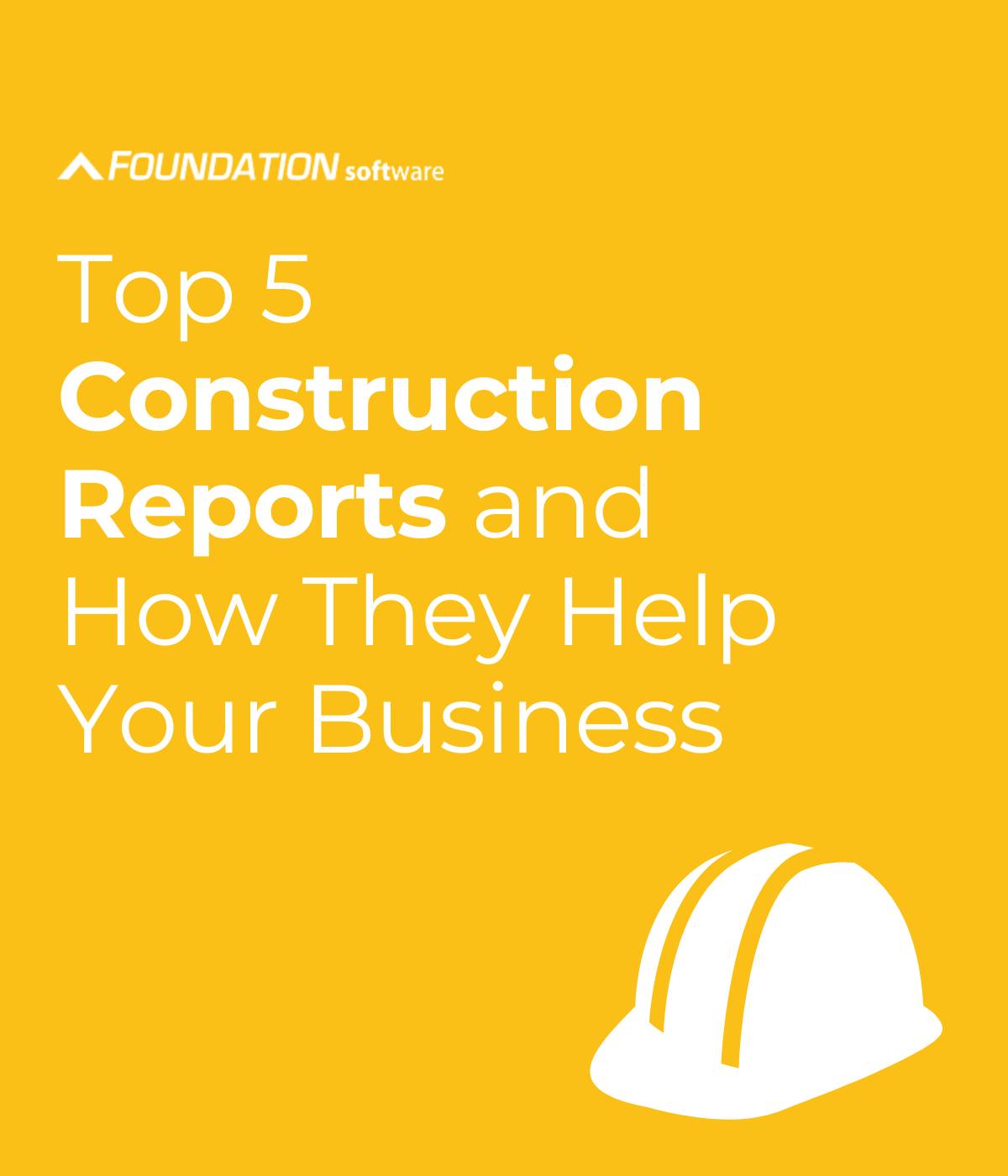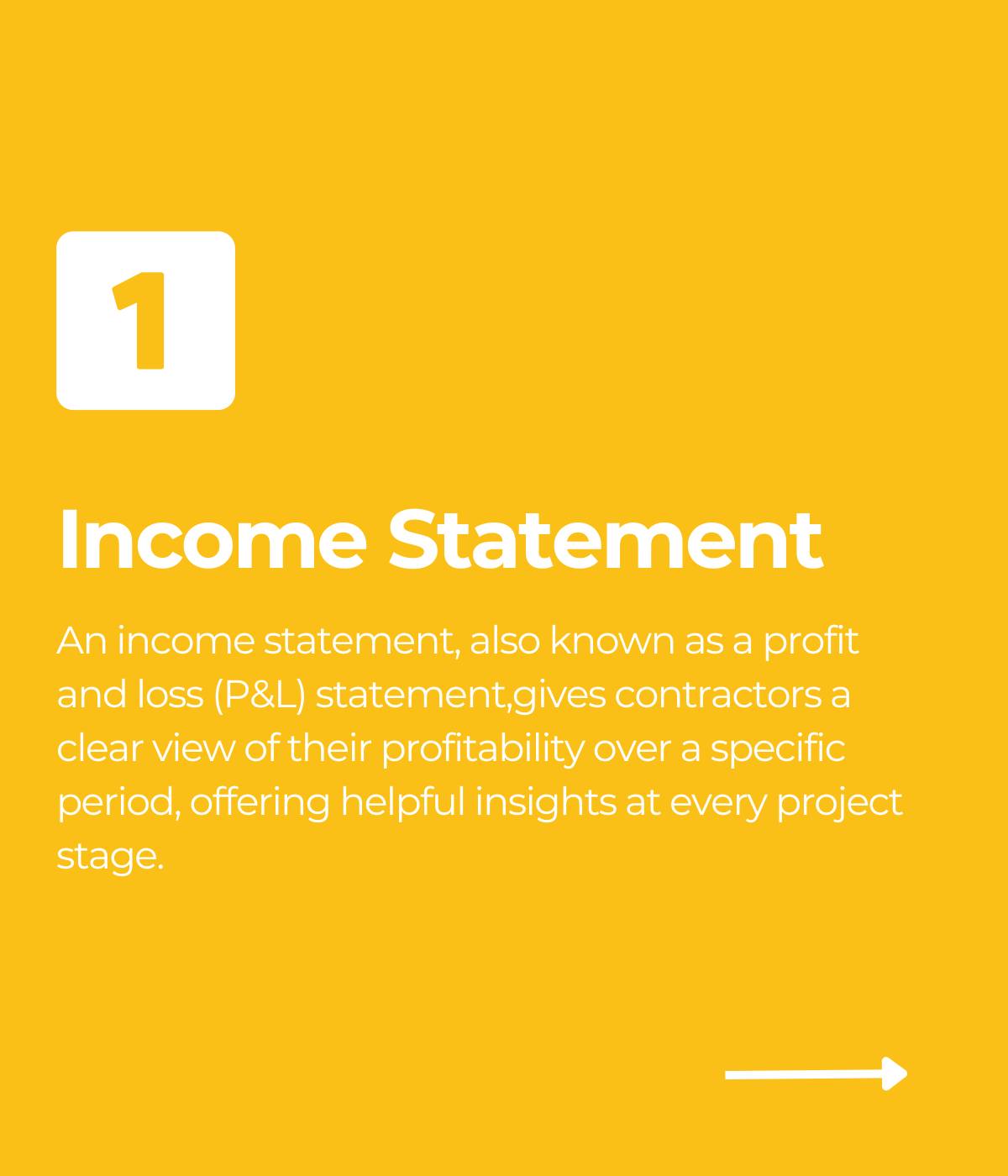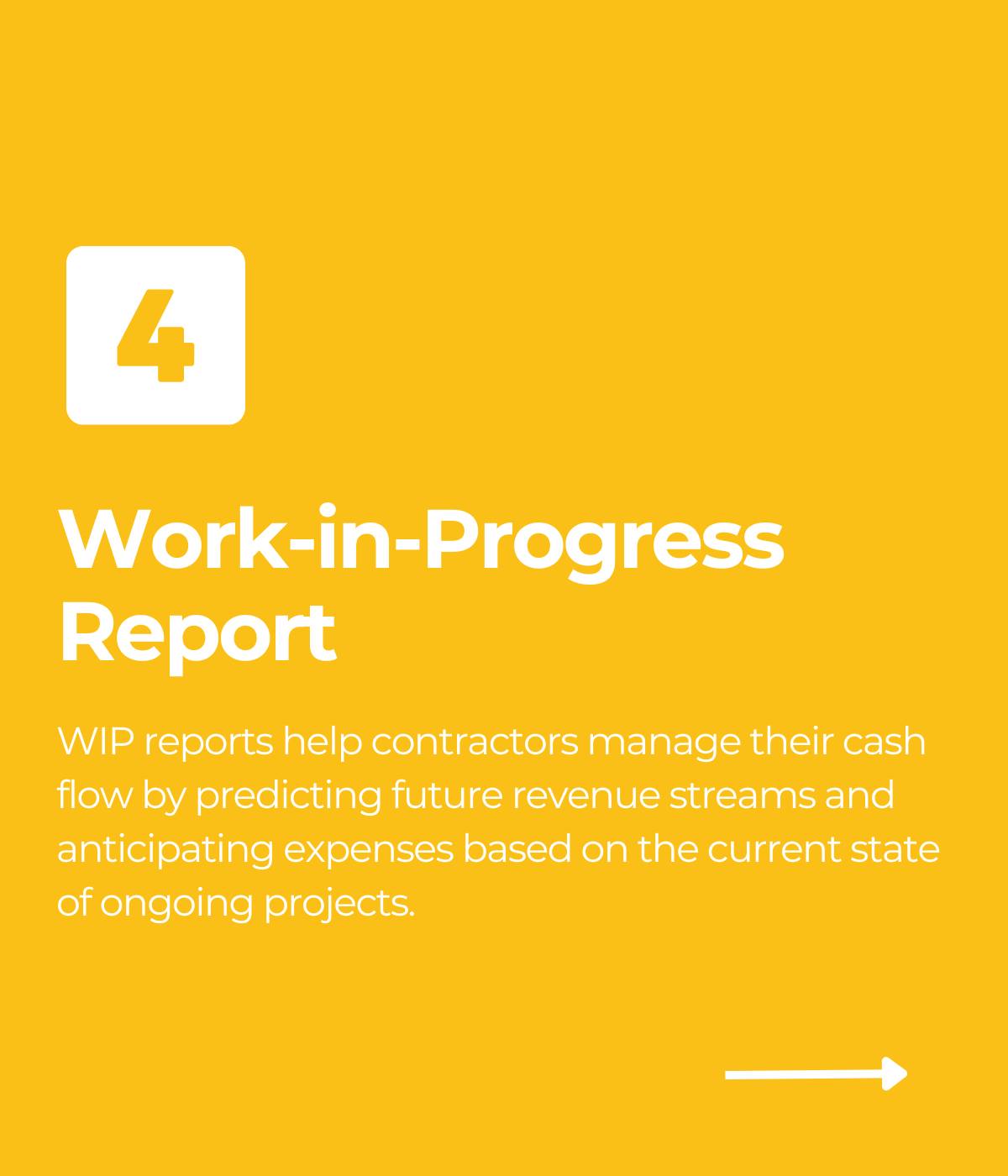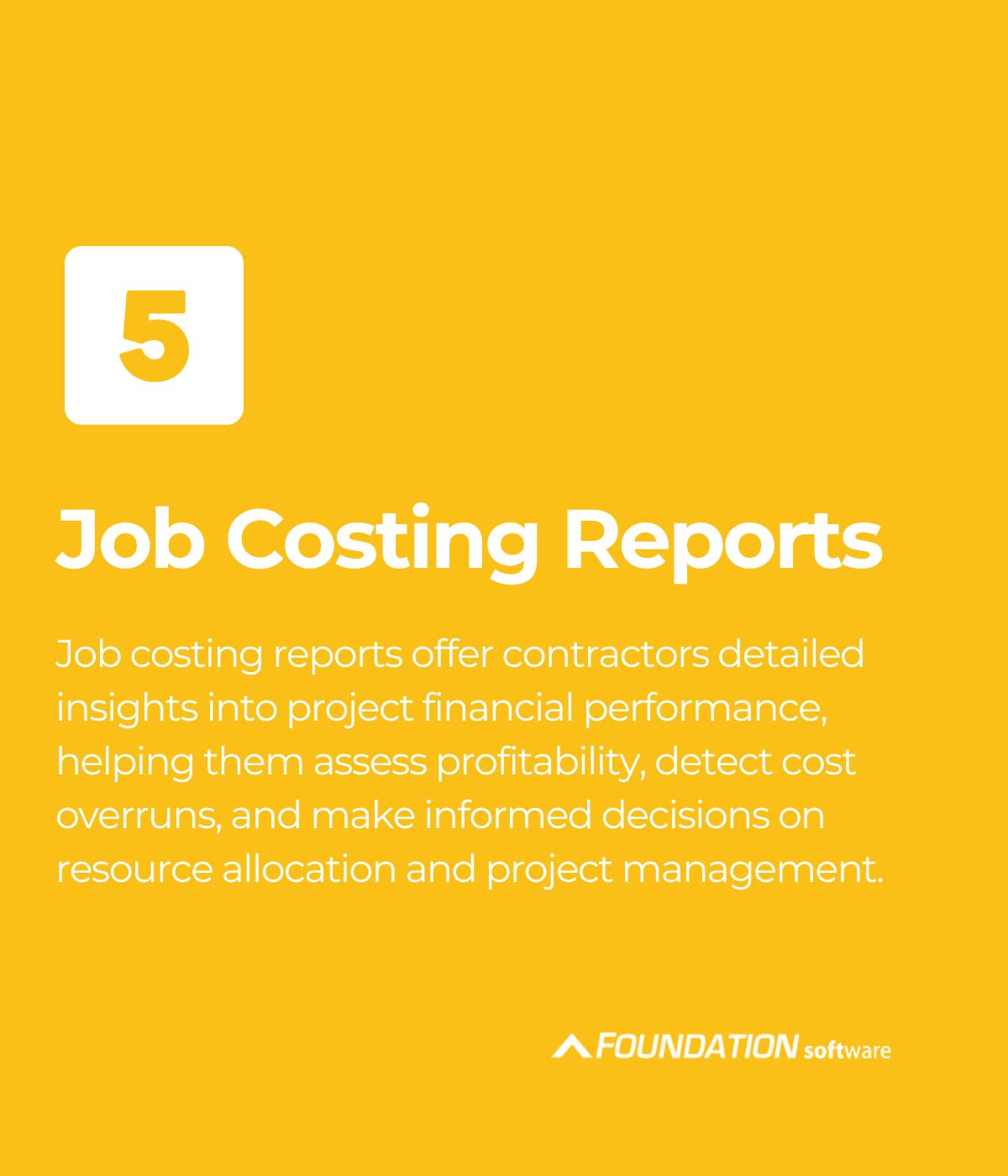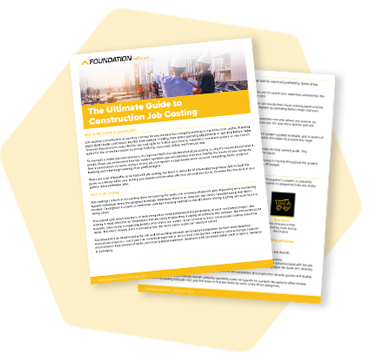
Election years spark economic uncertainty in every industry, and construction is no different. Aside from the political uncertainty, many contractors are still trying to reset from the effects of COVID,[1], the impact of labor shortages and the damages done by an economy that is still recovering from record-high inflation rates.[2]
As we look ahead to the second half of 2024, one thing is for sure: we’re living in unprecedented economic times, and come November, the already turbulent economy might be turned on its head.
Until the election, however, we can examine the information that’s in front of us to prepare for the seasons ahead.

The Deloitte Global Economics Research Center recently released its United States Economic Forecast.[3] These data-driven predictions span all economic sectors, including consumer spending, investments and more.[4]
Overall, Deloitte anticipates that the US economy will continue to surpass expectations with strong growth despite high interest rates, global economic weakness and reduced excess savings.
Although real GDP growth slowed in the first quarter, Deloitte indicates that policymakers averted a recession and are successfully reducing inflation toward the 2% target.[5]
Let’s take a closer look at some of their predictions. I’ll summarize what they say and then translate what I think each means for the construction industry.
Deloitte’s Forecasts
Consumer Spending
Real consumer spending has been stronger than expected despite high interest rates and inflation. This is largely due to households adding new debt and spending their pandemic savings. However, this high level of spending is not sustainable.[6]
Deloitte notes, “As of March 2024, pandemic-era excess savings in the United States have been fully depleted.”[7]
Consumer confidence is declining due to high food and gas prices, political issues and global conflicts.
Despite these challenges, interest rate cuts expected later this year may boost spending. Spending on durable goods (including goods like vehicles and furniture) is expected to slow, while nondurables (including services like food and transportation) will see stronger growth.[8],[9]
“For 2024 overall, we expect that consumer spending will rise 2.3% compared to 2023,” Deloitte predicts.[10]
Housing
The US housing market is facing low inventory and rising home prices due to high mortgage rates.[11]
According to Deloitte, “The median sales price for existing homes rose 5.7% year over year in April to $407,600.”[12]
High home prices are expected to lead to more housing starts, with projections of over 1.4 million starts this year and 1.5 million in 2025. However, affordability remains a challenge, especially for starter homes.[13]
The term housing starts refers to the start of construction on a new residential housing unit. Housing starts are a measure of new residential construction. It is considered a key economic indicator.[14]
According to Deloitte, the house price index is predicted to rise faster than inflation at 4.7% in 2024, before falling to 2.7% in 2025.[15]
Business Investments
Higher interest rates have made borrowing more expensive, impacting business investment.[16]
According to Deloitte, the average corporate borrowing rate shot up to nearly 7% by the end of 2023. And, although borrowing costs are expected to decline in 2024, growth in business investment will slow.[17]
Investment in machinery and equipment is forecasted to rise by 1.3% this year and 2.7% in 2025.
Investment in structures, including buildings and engineering projects, is expected to grow by 4.2% this year and 1.6% in 2025.
Deloitte predicts that investment in intellectual property — including software and R&D — will remain the largest driver of growth in business investments.[18]
Labor Markets
The labor market has seen strong job growth but is beginning to slow.[19]
In April, 175,000 new jobs were added, below the average monthly gains of 242,000 over the past year.[20]
However, job growth is expected to slow in this latter half of the year and into 2025. The labor force participation rate is approaching its pre-pandemic level but is expected to decline in the long term due to an aging population.
Deloitte projects an average labor force growth of just 0.3% per year over the 2024 to 2029 forecast period.[21]
Deciphering Deloitte’s Predictions
Consumer Spending:
With consumer spending projected to grow by 2.3% in 2024 despite economic challenges, the construction industry might see a mixed impact.
The growth in spending could drive demand for retail and commercial construction projects. However, the expected slowdown in goods spending — as well as consumer caution due to depleted savings and lower confidence — may lead to fewer new residential construction projects. This is largely due to households being less likely to invest in new homes or major renovations.
For commercial contractors, this indicates potential growth in the retail and commercial sectors. They should focus on capitalizing on new retail projects and commercial developments, adjusting strategies to align with shifting consumer spending patterns.
Housing:
Before I dive in, I understand that it may be a little odd to include residential circumstances in an environment that focuses on commercial projects.
However, while Deloitte’s housing market predictions focus on the residential sector, they have significant implications for commercial construction.
- Mixed-Use Developments: Increased housing starts will drive demand for mixed-use developments, combining residential, retail, office and recreational spaces.
- This trend offers commercial contractors opportunities to diversify their project portfolios.
- Supporting Infrastructure: New neighborhoods will require additional infrastructure like schools, hospitals and shopping centers.
- Commercial construction firms can benefit from these contracts.
- Construction Materials and Labor: The rise in housing starts will boost demand for materials and labor, prompting commercial construction companies to expand their workforce and source materials efficiently.
- Urban Redevelopment: Expanding cities and new housing developments will drive urban renewal projects, involving new commercial buildings, renovations and enhanced public spaces.
In my opinion, the housing market’s dynamics, with high home prices and low inventory due to elevated mortgage rates, suggest a busy quarter ahead for the construction industry.
The projected 1.4 million housing starts this year indicate robust activity. High home prices should encourage builders to initiate new projects, aiming to meet the demand.
However, the focus will need to be on creating affordable starter homes to address affordability challenges.
For commercial contractors, this means opportunities in constructing supporting infrastructure like schools and retail spaces and participating in mixed-use developments.
The increased demand for materials and labor will also necessitate expanding production capacity and workforce, potentially leading to strategic partnerships with suppliers and training programs.
Business Investments:
Business investment is expected to slow but still grow at a moderate pace, with machinery and equipment expenditures rising by 1.3% this year.
Even though this is only a slight increase, it’s a positive sign that contractors are looking toward the future to plan new jobs and advance their backlogs.
For the construction industry, this could mean a steady flow of projects related to industrial and commercial buildings.
However, the high borrowing costs may restrain some investment decisions.
The rebound in structures investment — particularly in manufacturing and energy sectors — will likely boost demand for specialized construction services.
Labor Markets:
The slowing but still positive job growth and a stable labor force participation rate suggest a steady and reserved outlook for the construction industry.
The slight increase in unemployment and slower labor force growth might ease some labor shortages, but the overall demographic trends indicate long-term challenges in workforce availability.
Construction companies may need to focus on efficiency improvements, attracting a skilled workforce to manage projects effectively and employee retention. There’s no use in attracting good workers if you can’t keep the workers you currently have.
The moderate job growth and demographic trends could be a net positive, but don’t expect any major expansion.
Preparing for the Rest of the Year
Given the varied forecasts, contractors should adopt a proactive approach to navigate the uncertainties of the upcoming year. To best plan for the future, consider the following actions:
Adapt to Shifts in Consumer Spending
- Prepare for an increase in Projects: With consumer spending projected to rise by 2.3%, particularly on services and nondurables, contractors should prepare for a potential increase in construction.
Capitalize on Housing Market Dynamics
- Note Affordable Housing Increase: The 1.4 million housing starts and high prices present opportunities for commercial infrastructure and community development. Focus on opportunities that present themselves in these areas.
- Expand Personal Workforce: Invest in resources, materials, and skilled labor to handle increased activity.
Leverage Business Investment Trends
- Focus on Industrial Upgrades: Focus on industrial and commercial projects, especially those involving technological upgrades and manufacturing facilities.
- Optimize Financing: Explore diverse financing options to manage high borrowing costs and maintain cash flow.
Navigate Labor Market Challenges
- Enhance Training: Invest in training employees and attracting new talent with competitive wages and career development opportunities.
- Focus on Retainment: Work to develop employee-centric programming and incentives to retain the skilled labor force you’ve already hired and trained.
By adapting to economic conditions and strategic planning, contractors can navigate 2024’s challenges and opportunities effectively.
Implement Efficiencies in 2024
In light of Deloitte’s economic forecasts, contractors must prepare strategically for the rest of 2024’s challenges and opportunities.
With no real way to predict which way the election will go – and with polling results changing by the day – contractors should focus on what they can control. This way, they will be prepared for whatever happens in November.

Despite economic uncertainties and shifts in consumer spending, housing dynamics, business investments and labor markets, a proactive approach is essential.
Contractors should diversify their project portfolios, focusing on commercial and retail construction and industrial upgrades.
Implementing efficient project management, workforce training and sustainable practices will be crucial to keeping business operations streamlined and retaining current workers.
By staying informed and agile, contractors can effectively navigate the evolving landscape and capitalize on growth opportunities in the construction industry.
[1] https://theatlantavoice.com/covid-19-aftereffects-2024/
[2] https://www.usinflationcalculator.com/inflation/current-inflation-rates/
[3] https://www2.deloitte.com/us/en/insights/economy/us-economic-forecast/united-states-outlook-analysis.html
[4] Ibid.
[5] Ibid.
[6] Ibid.
[7] Ibid.
[8] Ibid.
[9] https://www.rba.gov.au/publications/bulletin/2010/sep/2.html#:~:text=Durable%20goods%20provide%20a%20stream,include%20food%20and%20transport%20services.
[10] https://www2.deloitte.com/us/en/insights/economy/us-economic-forecast/united-states-outlook-analysis.html.
[11] https://www.usnews.com/news/economy/articles/2024-04-30/home-prices-continue-their-rise-defying-high-mortgage-rates#:~:text=The%20housing%20market%20remains%20caught,loan%20sits%20at%20about%207%25.
[12] https://www2.deloitte.com/us/en/insights/economy/us-economic-forecast/united-states-outlook-analysis.html
[13] Ibid.
[14] https://www.investopedia.com/terms/h/housingstarts.asp
[15] https://www2.deloitte.com/us/en/insights/economy/us-economic-forecast/united-states-outlook-analysis.html
[16] https://www.investopedia.com/articles/stocks/09/how-interest-rates-affect-markets.asp#:~:text=When%20interest%20rates%20rise%2C%20it%20costs%20more%20to%20borrow%20money,a%20slowdown%20of%20the%20economy.
[17] https://www2.deloitte.com/us/en/insights/economy/us-economic-forecast/united-states-outlook-analysis.html
[18] Ibid.
[19] https://www.reuters.com/markets/us/us-employment-wage-growth-expected-moderate-june-2024-07-05/
[20] https://www2.deloitte.com/us/en/insights/economy/us-economic-forecast/united-states-outlook-analysis.html
[21] Ibid.
Share Article
Keep on current news in the construction industry. Subscribe to free eNews!
Our Top 3 YouTube Videos
Learn about our software more in depth with product overviews, demos, and much more!

Our ACA reporting & e-filing services include official 1094-C and 1095-C IRS reporting, optional e-filing (no applying for a TCC code required), mailing to your employees and experienced support to help you.

There are plenty of reasons to make FOUNDATION your choice for job cost accounting and construction management software — just ask our clients!
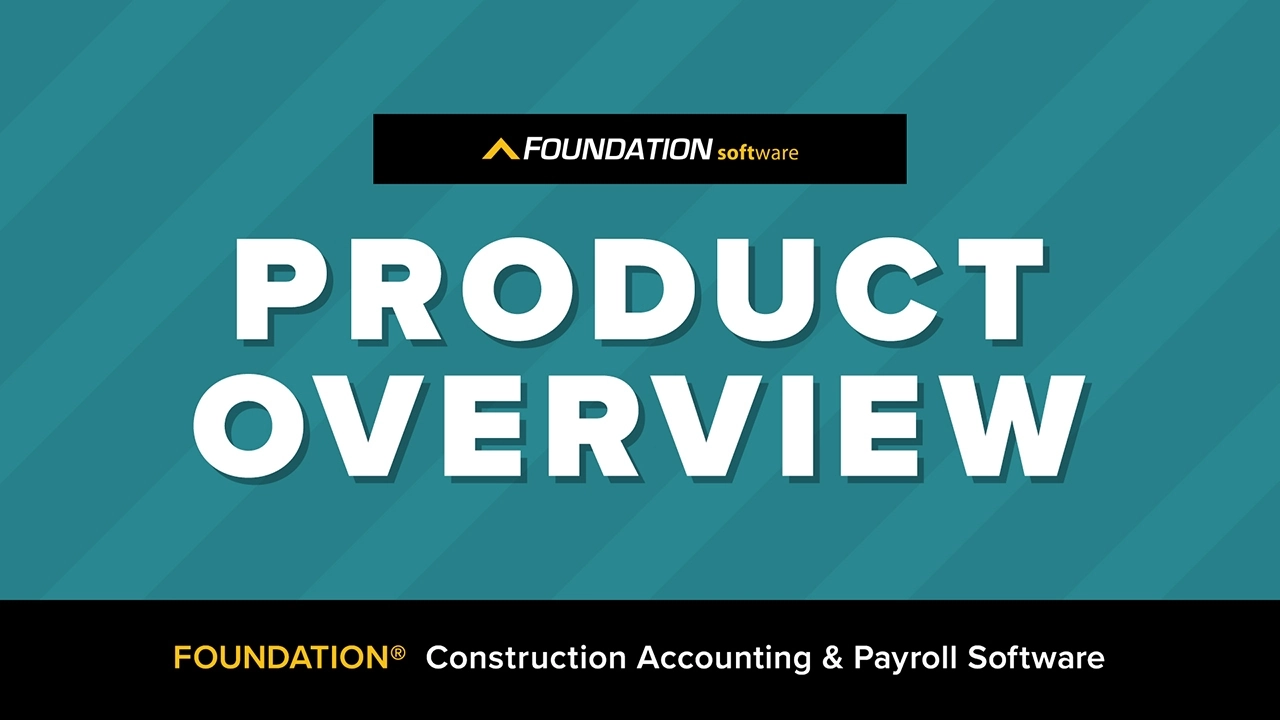
From job cost accounting software, to construction-specific payroll. Get an overview on your next all-in-one back-office solution.



